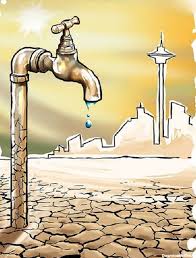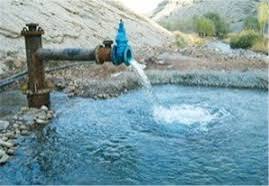Lack of drinking water in remote areas of Afghanistan

The lack of drinking water in different regions of Afghanistan is one of the basic problems of this country, which has a wide impact on the health and well-being of the people. The reasons for this problem and its results are:
Reasons for lack of drinking water

-
Drought and climate change: Due to its geographical location, Afghanistan is heavily affected by drought and climate change. The decrease in rainfall and natural water resources has caused water shortages.
-
Poor infrastructure: Water supply infrastructure in many parts of Afghanistan has been destroyed due to years of war and unrest. This makes it difficult for people to access safe drinking water.
-
Pollution of water sources: Many water sources have become unusable due to pollution caused by industrial, agricultural and domestic sewage. These pollutions threaten public health.
-
Growing population: The increase in population and urbanization has increased the demand for drinking water, while the resources and infrastructure cannot adequately meet this demand.
-
Improper management of water resources: The lack of effective policies and improper management of water resources have also contributed to the lack of drinking water.
The results of drinking water shortage
-
Diseases: The lack of safe drinking water has caused the spread of various diseases related to contaminated water, such as diarrhea, cholera, and other infectious diseases.
-
Poverty and migration: The lack of drinking water causes families to have to pay extra for water supply or migrate to other areas. This can exacerbate poverty and increase internal migration.
-
Decreasing agricultural production: Agriculture is one of the main sources of income for many Afghans. Lack of water has reduced agricultural production and consequently increased poverty and food insecurity.
-
Impact on education and health: In many areas, children and women have to walk long distances to get water. This issue has a negative impact on children’s education and the general health of families.
-
Social contradictions: lack of resources
